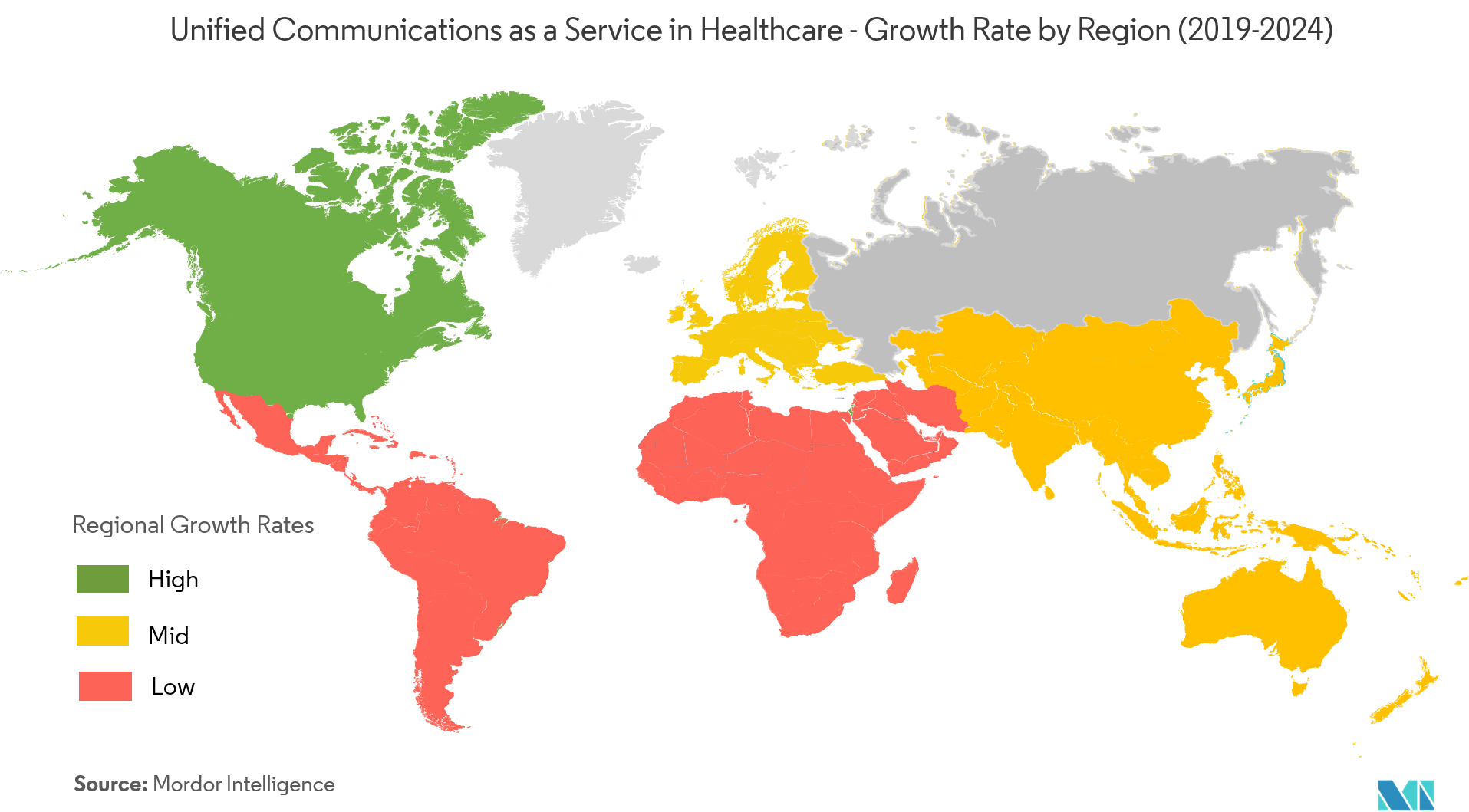Innumerable businesses were hit hard by the Coronavirus Pandemic in late 2022. According to data aggregated by forecasters at McKinsey, it could take up to five years for some industries to recover, including manufacturing, trade, finance, insurance, real estate, and healthcare.
Here is where I will focus; on healthcare, an industry that, like most: does not fully comprehend how to take on all the curve balls COVID-19 would throw its way. Cass Gilmore is CEO of FluentStream, one of the fastest-growing UCaaS providers for SMBs. It has a particular focus on providing UCaaS solutions for smaller healthcare organizations, assisted living, community, and therapy centers, among others.
He told me that: the Pandemic forever shifted the way the individuals in this industry work; and (more) importantly - provide critical care to patients, noting in a recent GetVoIP News interview:
"The pandemic has changed customer expectations and communication services needs, and things continue to evolve, as they are dynamic."
FluentStream works with those in behavioral health and physicians in doctors' offices. And these medical professionals are among some of the least tech-savvy folks who quickly had to adopt new technologies to stay afloat in a relatively short period of time.
In essence, they have had to learn to manage and quickly adapt to the technologies that assisted most of the world in connecting during a time when meeting in person for vital care - merely was not feasible.
Milking the Might of UCaaS in Behavioral Health
According to Gilmore: (the majority of), behavioral health organizations need specific capabilities, and numerous restrictions stand in the way. There are things like HIPAA (the Health Insurance Portability and Accountability Act), which ensures that patients have the privacy they expect and that their data are stored and handled with care.
"They must also be able to handle a large amount of inbound call traffic and ensure every call gets answered," Gilmore told me.
He added: that this is why call queuing is a pivotal function for those in behavioral health to leverage: a functionality that also ensures that calls wait on hold until an agent can answer them. During that call, he told me - "Periodic announcements have to play, providing updates on things like insurance information, hours of operation, and other vital patient information."
Providers, he notes, must extend dynamic agent routing to be sure that only the available agents - receive calls from patients.
"Agents who go on break or are out for the day should be able to press a single key to ensure that calls get routed to agents available to assist patients and them only."
Looking at prepend caller ID: well, that is yet another pivotal function of unified communications in this sector and acts as (a consequential) call center feature for behavioral health centers across the U.S. He said that an advanced system should enable call center agents (to quickly) discern which queue a call originates.
"This ensures that agents handle calls according to the proper procedures i.e., emergency, general appointments, etc."
And features like queue callback, which lets patients press a button to have the system automatically call them back once an agent is available - remain in heightened demand.
Optimization Remains a Key Factor for Healthcare Success
Lots of folks spent time on hold during the Pandemic. A 2021 Forrester Research study confirms that notion and found that customer service wait times tripled. And that is something that Gilmore concedes, saying: "Call center managers at behavioral health centers need reporting functionality to ensure they adequately staff and meet patient needs."
For this reason, the need for the optimization of clunky processes prevails as a top priority.
Inherently, there is a lot of strain put on reporting systems; that should be robust enough to allow call center managers to see the busiest times of the day. "They should also be able to view agent performance and get data that help them determine average patient hold time, average call length, and more."
Things like enabling notifications (to be sure) that call center managers receive notifications if a call exceeds service levels, during the established time during which a call must get answered - too remain in high demand among healthcare professionals.
"If the SLA is frequently exceeded, a call center manager can make an informed decision on staffing levels at certain times of the day, based on real-time insights," Gilmore added.
There is also the issue of call parking. Agents should also be able to place time limits on a patient who can be put on hold. In most instances, namely, when dealing with higher-than-normal call volumes and wait times, Gilmore added:
"This parking lot can be customized to route the call back to the agent or another application like a call group or call queue to ensure the patient issue gets handled promptly."
If there is an emergency, behavioral health centers must dial 911; and a sturdy system must have this functionality. "FluentStream’s notification workflow system can notify stakeholders that a 911 call occurred - with notifications sent via email, SMS, or a webhook," Gilmore added.
Of course, things like fail-safes should always be in order and are something that should never be compromised.
An Unmistakable Need for UCaaS in Healthcare
Furthermore, FluentStream works with various (boutique) doctors' offices. That work spans different parts of the healthcare industry, from heart health to cancer research. "We find the features that these offices need things like: advanced call routing, fax, SMS, and top-tier, U.S.-based customer support," Gilmore told me.
All this to pull off some of the most (paramount) work on the planet. But managing a rotating call routing for on-call doctors can be complicated, Gilmore adds - making a case for simple management of advanced call routing systems - at the push of a button.
"Some offices have varied hours depending on the day or time of year - meaning they should be able to customize call routing with time conditions to ensure calls get routed as needed."

Regarding fax, while some view it as dated; well, it is still important to those in this sector. Doctors (should not) need an actual fax machine but have access to somewhat of a virtual fax machine in the form of a portal. And sending and receiving SMS messages should always be supported to push out prime patient messages and for patients to respond to messages with relative ease.
And yes, we should be oversimplifying many (if not all of) the above-listed processes, as we (are often) dealing with a subset of the population with little-to-know tech savvy. This makes a pretty good case for ease of management and deployment.




